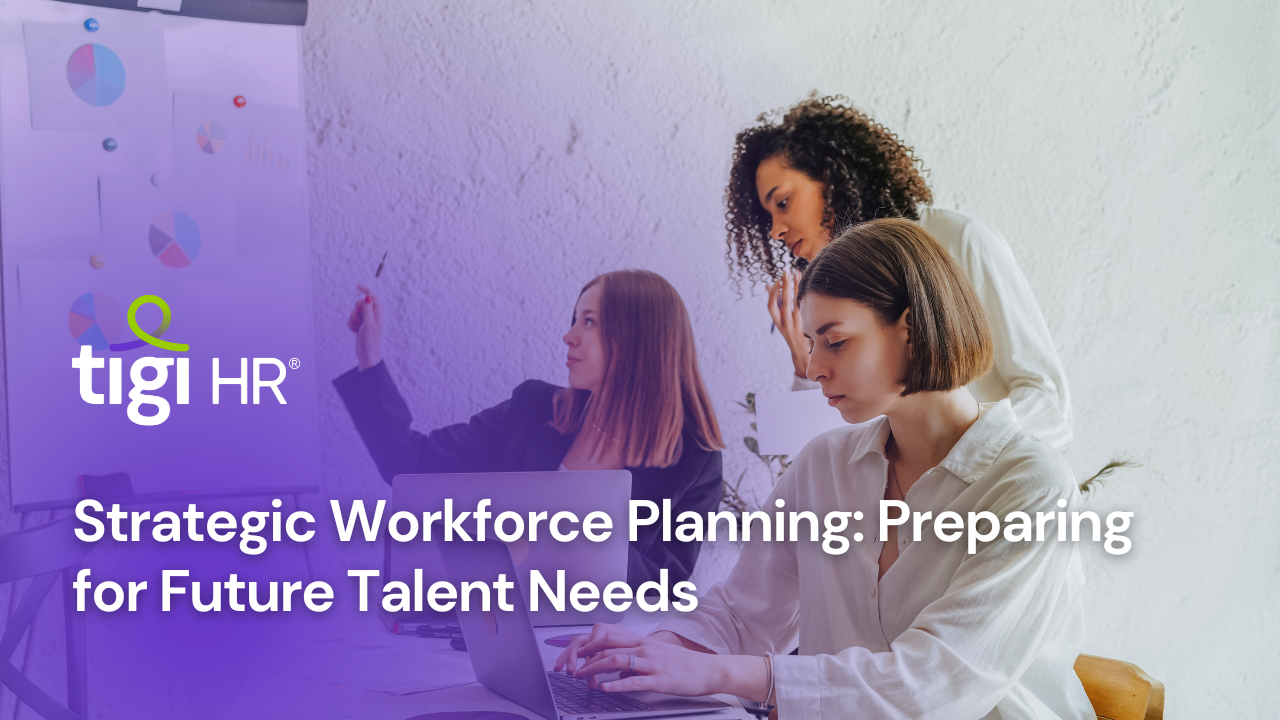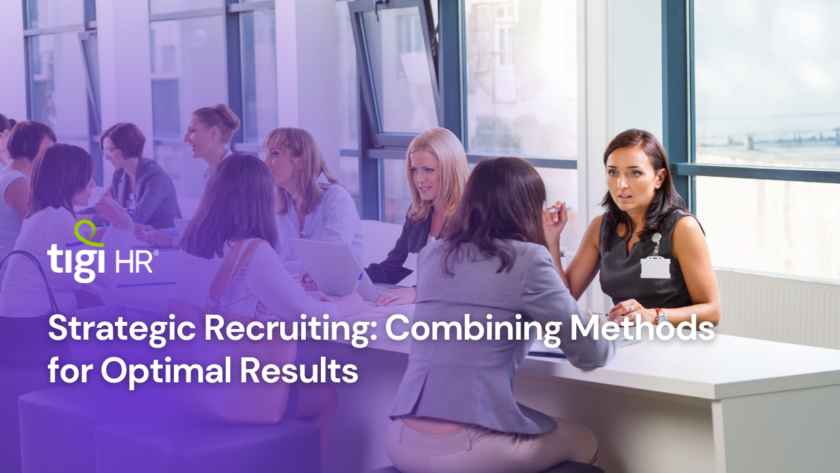In today’s rapidly changing business landscape, organizations must be proactive in their approach to workforce planning. The traditional model of hiring as needed is no longer sufficient to meet the demands of a dynamic global economy. Instead, strategic workforce planning has emerged as a critical component of an organization’s overall strategy. In this article, we’ll explore the importance of strategic workforce planning, its key elements, benefits, and how organizations can prepare for future talent needs in an increasingly competitive and fast-paced world.
The Changing Workforce Landscape
The workforce landscape is in a state of constant flux, driven by factors such as technological advancements, shifting demographics, and evolving employee expectations. To thrive in this environment, organizations need a workforce that is agile, skilled, and aligned with their strategic goals.
Consider these statistics and insights that underscore the evolving workforce landscape:
- Skills Gap: A report by the World Economic Forum predicts that by 2025, the skills gap will have grown to 12 million workers in the United States alone, resulting in a significant shortage of skilled talent.
- Remote Work: The COVID-19 pandemic has accelerated the adoption of remote work, with many employees now expecting flexibility in their work arrangements.
- Retirement Wave: As baby boomers retire, organizations face the challenge of replacing their institutional knowledge and skills.
- Diversity and Inclusion: The push for diversity and inclusion is reshaping hiring practices, with an emphasis on building inclusive and representative workforces.
- Technological Disruption: Advances in automation, artificial intelligence, and other technologies are transforming the skills and roles required in many industries.
Given these dynamics, organizations that approach workforce planning strategically are better positioned to navigate the changing landscape and stay ahead of the competition.
The Essence of Strategic Workforce Planning
Strategic workforce planning is the process of aligning an organization’s workforce with its strategic objectives. It involves assessing current talent capabilities, identifying future talent needs, and developing strategies to bridge the gap.
Key elements of strategic workforce planning include:
1. Data Analysis:
Utilizing data to understand the current workforce, including skills, demographics, and performance metrics. This analysis forms the foundation for informed decision-making.
2. Skill Gap Analysis:
Identifying the skills and capabilities needed to achieve the organization’s strategic goals and comparing them to the skills currently available in the workforce.
3. Scenario Planning:
Considering various scenarios, such as business growth, technological advancements, and market fluctuations, to anticipate future workforce needs.
4. Succession Planning:
Identifying and developing future leaders within the organization to ensure a seamless transition of leadership roles.
5. Talent Acquisition Strategy:
Developing a plan for attracting and hiring talent to fill skill gaps and meet future needs.
6. Training and Development:
Creating opportunities for upskilling and reskilling employees to ensure they remain relevant in changing roles and industries.
Benefits of Strategic Workforce Planning
Strategic workforce planning offers numerous advantages to organizations seeking to thrive in a dynamic environment:
- Better Decision-Making: Informed by data and insights, organizations can make more strategic and effective decisions about talent acquisition, development, and retention.
- Improved Agility: Organizations can respond quickly to changes in the business landscape, whether it’s scaling up or down in response to market shifts.
- Enhanced Employee Engagement: A workforce that sees a clear path for growth and development is more likely to be engaged and committed.
- Cost Efficiency: Strategic workforce planning helps organizations allocate resources more efficiently by eliminating talent gaps and reducing turnover.
- Talent Pipeline: Building a robust talent pipeline ensures that organizations have access to the right skills when they are needed most.
Implementing Strategic Workforce Planning
To implement strategic workforce planning effectively, organizations can follow these steps:
1. Define Strategic Objectives:
Start by defining the organization’s strategic objectives. What are the key goals and priorities that the workforce should support?
2. Data Collection and Analysis:
Gather data on the current workforce, including skills, demographics, and performance metrics. Use this data to identify strengths and weaknesses.
3. Forecast Future Needs:
Consider future scenarios and business needs to forecast the skills and capabilities that will be required.
4. Gap Analysis:
Compare the current workforce’s skills and capabilities to the future needs identified in the forecast. Identify gaps that need to be addressed.
5. Develop Action Plans:
Create action plans to bridge the skill gaps. This may involve recruitment, training, development, or succession planning.
6. Continuous Monitoring:
Continuously monitor progress and adjust strategies as needed to align with changing business objectives.
Real-World Examples of Successful Strategic Workforce Planning
Several organizations have successfully implemented strategic workforce planning to address their talent needs:
- PepsiCo: The multinational food and beverage company uses strategic workforce planning to identify future leaders and invest in their development.
- General Electric: GE utilizes data analytics to forecast workforce demand and identify gaps in skills and capabilities. This enables the company to proactively address talent needs.
Conclusion: A Strategic Imperative for Success
In a rapidly evolving business landscape, organizations must embrace strategic workforce planning as a strategic imperative. The statistics and insights highlighted in this article underscore the urgent need to prepare for future talent needs. By aligning their workforce with strategic objectives, organizations can build a skilled and agile workforce that is equipped to thrive in the ever-changing world of work. Strategic workforce planning is not just a strategy; it’s a blueprint for long-term success and sustainability.
Also Check: Inclusive Hiring Strategies





